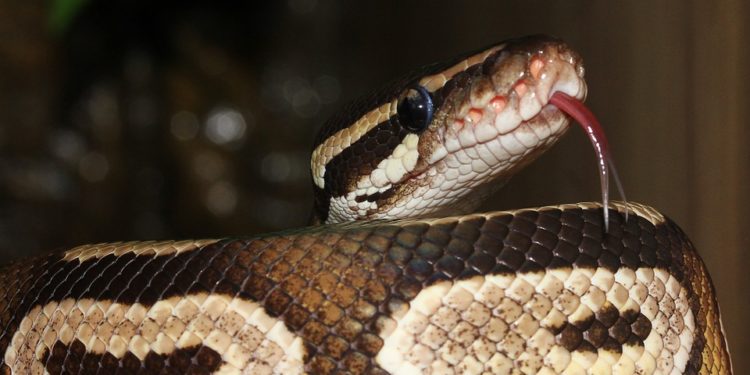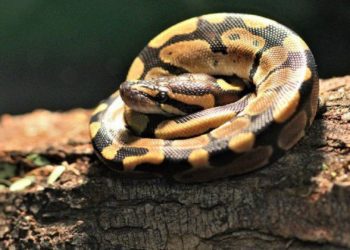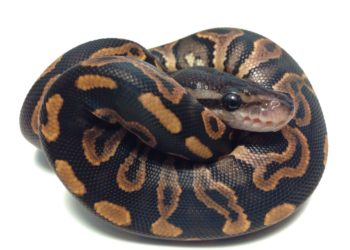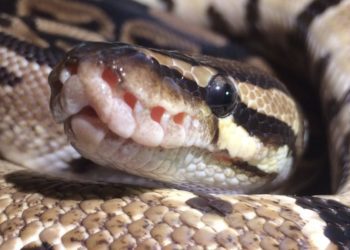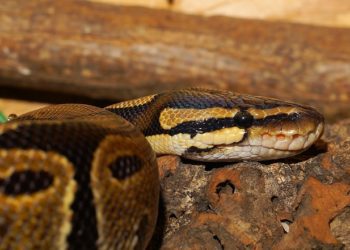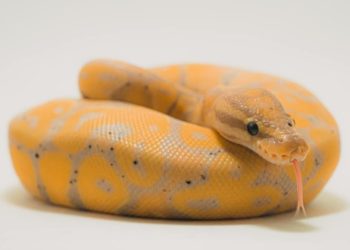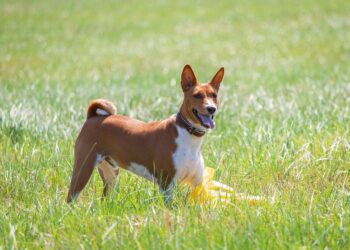Ball pythons are calm animals and also non-venomous in nature which is why they are preferred as pets by many people. They are egg-laying animals and so that is why we should be aware of the fact that how to take care of their eggs or how to incubate the eggs of the ball python.
In this article, we will discuss the incubation of the eggs of the ball python. We need to take care of the ball python and also their eggs so that they can hatch properly and you do not have to face any type of problem. So as a responsible owner you should know about the incubation of the ball python eggs.
Contents
What do you need to incubate ball python eggs?
As we know that the eggs of the ball python are hard and highly durable so they do not break so easily but still we need to take care of them so that we get the maximum hatching rate that also without any problem. The things that you need for the incubation of eggs of the ball python are as follows:-
- Egg incubator: A device used for the incubation of the eggs.
- Thermometer and hygrometer: The devices that are used for measuring the temperature and the humidity inside the egg incubator.
- Vermiculite: This is a material that you can keep the eggs inside the egg incubator to incubate as it helps in protecting the eggs.
- Knife (optional): If you want to separate the eggs from each other then it is used. It is an optional thing.
These are the various things that you will need while incubating the eggs of the ball python.
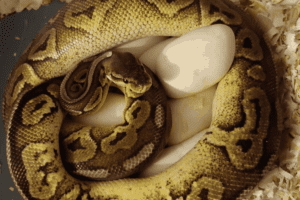
How to incubate the ball python eggs?
In order to incubate the eggs of the ball python properly, we need to follow the steps given below so that the incubation process becomes easy for the owners of the ball python. The steps that need to be followed are as follows:
1. Laying of eggs
We need to wait for the female ball python to lay eggs and at this time you can get the incubator and set it up to the appropriate temperature and humidity. The female ball python lay eggs will show you signs by shedding it skin and this is known as pre-lay shed before laying the eggs. Also, the female ball python gain thickness when she is about lay eggs.
2. After laying eggs
After the female ball python has laid eggs then you need to remove her away from the eggs as the female ball python will wrap herself around the eggs. The mother ball python incubates the eggs herself in the wild but in an enclosure, this is not recommended.
3. Removing the mother ball python
You need to remove the mother ball python away from the eggs though it is not an easy task, anyways you need to do it. While moving the ball python do it swiftly and smoothly and carefully place it in another safe place or tank wherever you can provide a proper place for them to relax and to rest.
4. Discard the infertile eggs
After removing the mother away from the eggs the next step is to move the eggs. There are infertile eggs also that will be smaller in size and also discoloured. You need to discard these infertile eggs as they will not hatch
5. Incubate the fertile eggs
You need to take the fertile eggs that are larger in size and are softer than the infertile eggs to the incubator and keep them under close observation. Do not disturb the eggs when they are incubating as this can also result in the early death of the ball python.
Remember to move the eggs in the same position as they have been laid and in the same way they need to incubate inside the incubator for safety reasons. So that there is no problem while the hatching process. If the eggs are stuck together you should move them like this or if you can then you can separate them carefully with the help of tooth floss. Put the eggs in the vermiculite in order to protect the eggs inside the egg incubator.
6. Setting of temperature
The next step is to set the temperature inside the incubator for the eggs of the ball python. So the ideal temperature for incubation of the eggs of the ball python is 88 degrees to 90 degrees Fahrenheit or 31 to 32 degree Celsius.
In this case, you need to keep the temperature stable and do observe that it should not be fluctuating. So get an incubator that can keep the stable temperature as much as possible so that not much problem is created while maintaining the temperature inside the egg incubator. You can check the temperature regularly with the thermometer so that the appropriate temperatures are maintained.
7. Setting up of humidity
The humidity inside the egg incubator should be kept around 60% relative humidity or preferably a bit higher. As higher humidity is the recommended humidity and the lower humidity levels will cause problems and so low humidity should be ignored inside the incubator. The higher humidity only causes mould growth and rest there is no problem with the high levels of humidity. For marinating the proper humidity inside the egg incubator you can use the hygrometer so that there is stable humidity inside it and do check the humidity levels regularly.
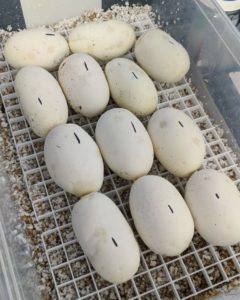
8. Waiting period
When you have set everything and have followed the above-mentioned step then you do not touch the eggs for around 55 to 60 days. Do not disturb the eggs inside the egg incubator as this is not recommended and it is not a good practice. In this waiting period, you need to check up on your incubating eggs of the ball python daily and regularly.
9. Observe properly
While you are waiting for the eggs to hatch at that time you need to check the temperature, humidity and also check if there is any kind of mould growth on the eggs. If there is a change in temperature or humidity you can set it to the ideal levels.
If there is mould growth on the eggs and it is too terrible then you have to take the Q tip and gently wipe the mould off but do it carefully. If there is an egg that has gone very bad then that indicates that the ball python inside it must have died so in this case you need to remove the egg, but be careful while doing so as you should not disturb the other eggs. If the bad egg removal is not easy then leave it do not disturb other eggs.
10. Hatching happened
After 55 to 60 days the hatching of the eggs will take place. You can observe the sinking of eggs and this is the sign that the eggs are about to hatch. The hatchlings of the ball pythons have a tooth which is known as the egg tooth as they use it to break the egg in order to make their way out. After this when the baby ball pythons are out of the egg you can move them from the incubator to their new enclosure so that they can grow properly.
11. Optional step (Cutting of the eggs)
As discussed earlier that the eggs sometimes are in clusters that means they are stuck together so some people like the eggs to be separate as this helps in avoiding the occurrence of drowning inside the egg though it is a rare situation. You can cut the eggs and separate them with the help of tooth floss or some of the breeders use the small knives as they are experienced.
A new breeder should not try something like this as they can even cut the egg and kill the snake inside the egg so be careful while separating the eggs. It is an optional step it is not an important step that you need to follow. You have to be careful and if you cannot do this just leave this step and let them be the way they are as they can also hatch if they are stuck together.
These are some of the steps that should be followed by the breeder or the owner of the ball python while incubating the eggs of the ball python so that they can do the incubation of the eggs properly without any problem or hassle. You need to be careful while following these steps as you can even kill the snake inside the egg if you are not careful while following the steps. The steps are easy it is just that you need to be careful with them. Also if you are a new breeder do not go for the cutting of the egg as this may cause problems and also in this process you can even damage the egg.
Conclusion
The ball pythons incubate their eggs on their own in the wild, but this is not recommended in captivity. So you have to remove the female ball python away from the eggs and follow the steps that are given above to incubate the eggs.
The steps are easy and not only you need to take care of the eggs but also you need to take care of the female ball python who have laid the eggs.
Enjoy the process of incubation and hatching as you will love that because of you the new snakes have come into this world in a healthy state. But be careful while you are following the steps to incubate them. As this is a sensitive process so proper care needs to be taken.
More:


